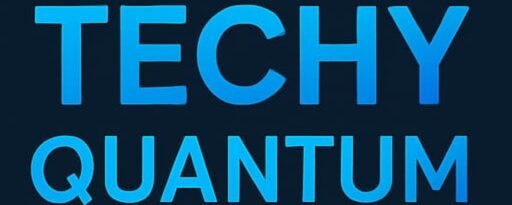In a world where automation and artificial intelligence continue to reshape industries, one development is sending shockwaves through the manufacturing sector the rise of the job-killing robot that doesn’t just perform tasks but learns on the job. This breakthrough technology is not science fiction anymore it’s a tangible reality making its way to factory floors worldwide. Powered by cutting edge partnerships and innovation, these AI-driven robots are set to revolutionize production and redefine the role of human labor in the process.
The Technology Behind the Job-Killing Robot
At the center of this disruption is AEON, a next generation AI robot designed for the factory environment. AEON isn’t just another industrial arm programmed to repeat tasks. It represents a new breed of job-killing robots, capable of real time decision-making, continuous learning, and human-like dexterity thanks to its advanced technology stack.
1. NVIDIA’s AI Powerhouse
AEON’s intelligence is driven by NVIDIA’s robotics platform, which delivers the AI and computing power necessary for instant processing. This allows AEON to analyze its environment, adapt to changing conditions, and learn from mistakes qualities that traditional machines lack.
2. Microsoft Azure’s Scalable Backbone
For training AEON’s AI and managing vast amounts of operational data, Microsoft Azure plays a crucial role. Its secure, scalable cloud infrastructure ensures AEON is constantly evolving, with software updates, machine learning models, and analytics being handled seamlessly in real time.
3. Maxon’s Advanced Actuators
Physical movement is where AEON truly mimics human capability. Maxon’s advanced actuators provide the agility and precision required for delicate and complex tasks, making AEON suitable for everything from assembly lines to hazardous environments.
AEON in Action
A leading European electronics manufacturer recently integrated AEON robots into its production line. Within three months, efficiency increased by 28%, human error dropped significantly, and production output reached record levels.
However! the human impact was undeniable. Of the 150 workers on the line, 40 roles were either replaced or redefined. While some employees transitioned to supervisory or technical support roles, others faced layoffs a stark reminder of why these machines are often labeled job-killing robots.
Industry experts are divided on the rise of job-killing robots. Dr. Emily Clarke, a robotics ethicist at MIT, emphasizes the moral complexity-
“On one hand, these robots enhance safety, productivity, and efficiency. But on the other, they accelerate job displacement, particularly in low skilled sectors. Policymakers and businesses must prioritize reskilling programs to avoid widening the economic gap.”
Conversely, James Roland, CEO of a major robotics firm, argues:
“Technological evolution has always disrupted jobs, from the steam engine to computers. The focus shouldn’t be on resisting automation, but on preparing workers to collaborate with AI.”
The Human Perspective
For many factory workers, the arrival of job-killing robots feels deeply personal. Mark Petersen, a machine operator with 15 years of experience, recalls his company’s transition:
“When AEON came in, we were told it would ‘support’ our work. But within months, my role was automated. Luckily, I had basic IT skills and managed to shift into a maintenance role, but several colleagues weren’t as fortunate.”
Mark’s story underscores both the opportunity and the harsh reality that these intelligent machines bring to the table.
What’s Next for the Factory Floor?
The introduction of job-killing robots like AEON marks a turning point for global manufacturing. On a technical level, these robots promise unprecedented efficiency, consistency, and safety, particularly in hazardous environments. For businesses, the potential for reduced costs and higher productivity is impossible to ignore.
The human implications are complex:
Job Displacement: Low skilled, repetitive roles are at the highest risk.
New Opportunities: Demand is growing for robot maintenance, programming, and oversight roles.
Reskilling Imperative: Governments and corporations must invest in workforce development.
Ethical Considerations: Transparent policies are needed to manage the social impact.
The European Electronics case isn’t isolated. Major automakers, logistics companies, and even agricultural firms are exploring similar AI robotics integrations. Experts predict that within the next five years, over 35% of factory floors worldwide could see job-killing robots operating alongside or instead of human workers.
Preparing for the AI Factory Revolution
The arrival of job-killing robots on factory floors is no longer a distant possibility it is happening now. While the technology, exemplified by AEON, showcases remarkable advancements in AI, robotics, and cloud computing, it also raises urgent questions about the future of human work.
The challenge lies not in halting technological progress but in managing its consequences responsibly. Policymakers, businesses, and workers alike must work together to ensure that this new industrial revolution leaves no one behind.
For those willing to adapt, the rise of intelligent, learning robots could mean new opportunities. For those unprepared, the factory floor may soon be a place of lost jobs replaced by the very machines they once operated.


1 thought on “Job-Killing Robot Learns on the Factory Floor: How AI Machines Are Replacing Human Workers in 2025”